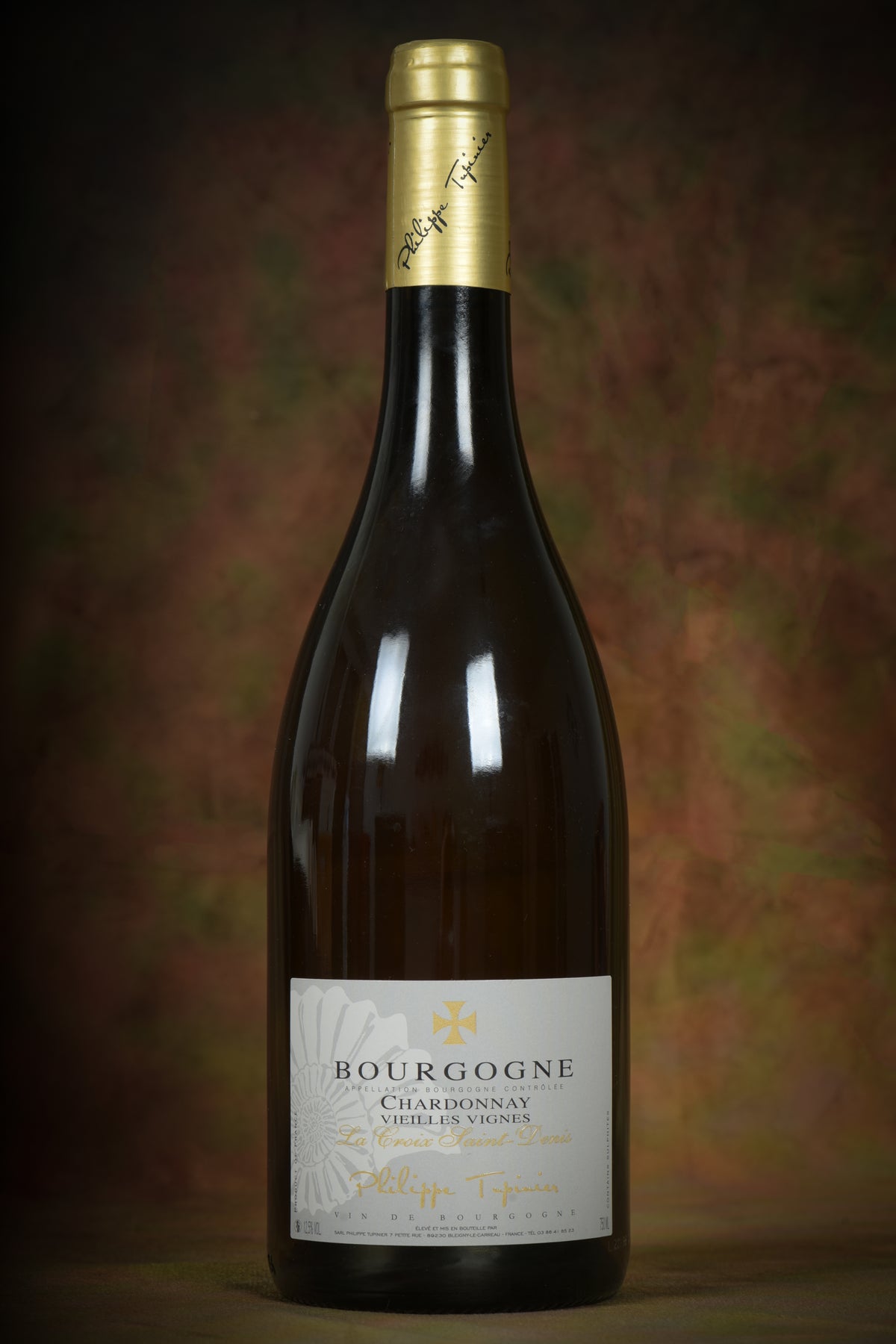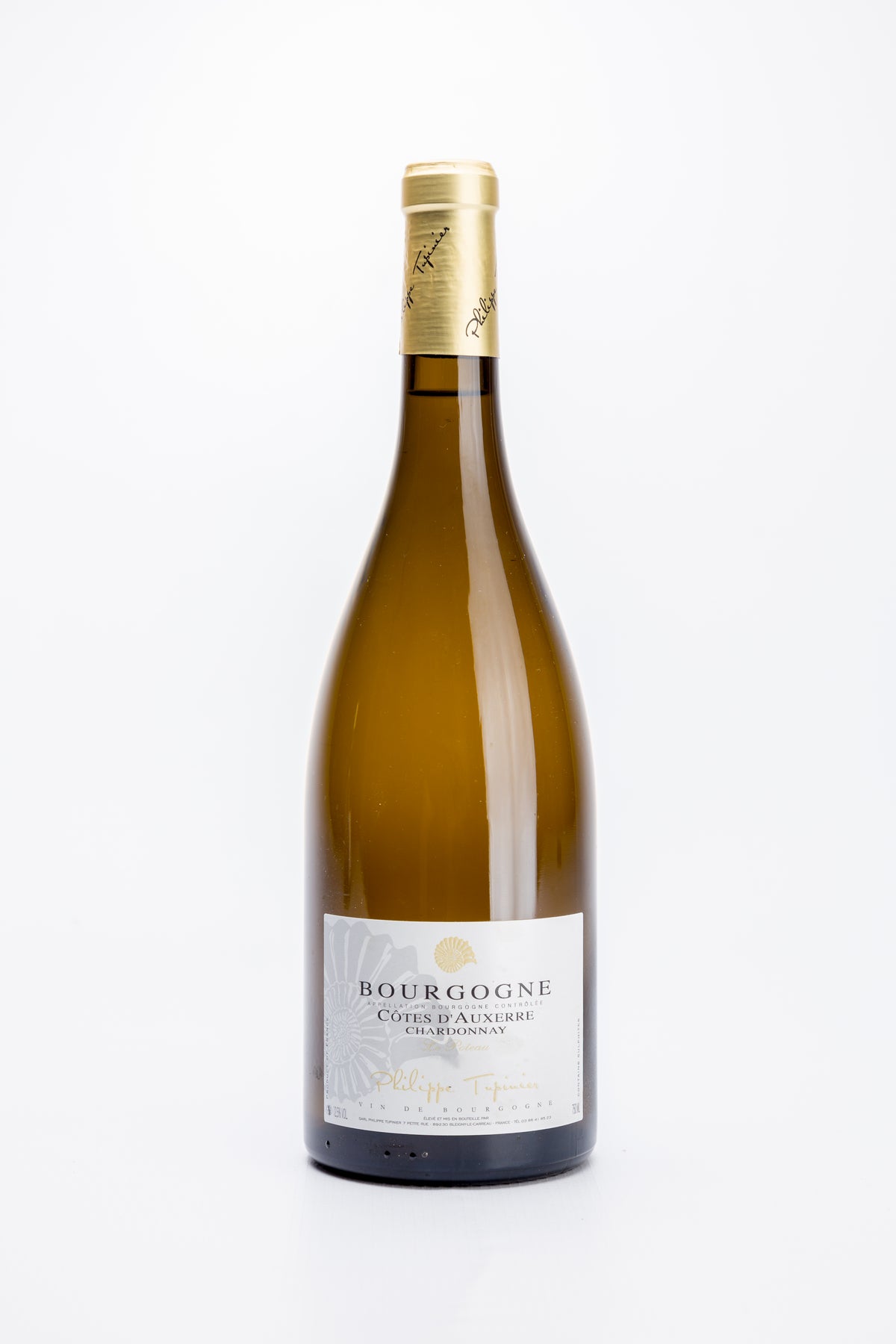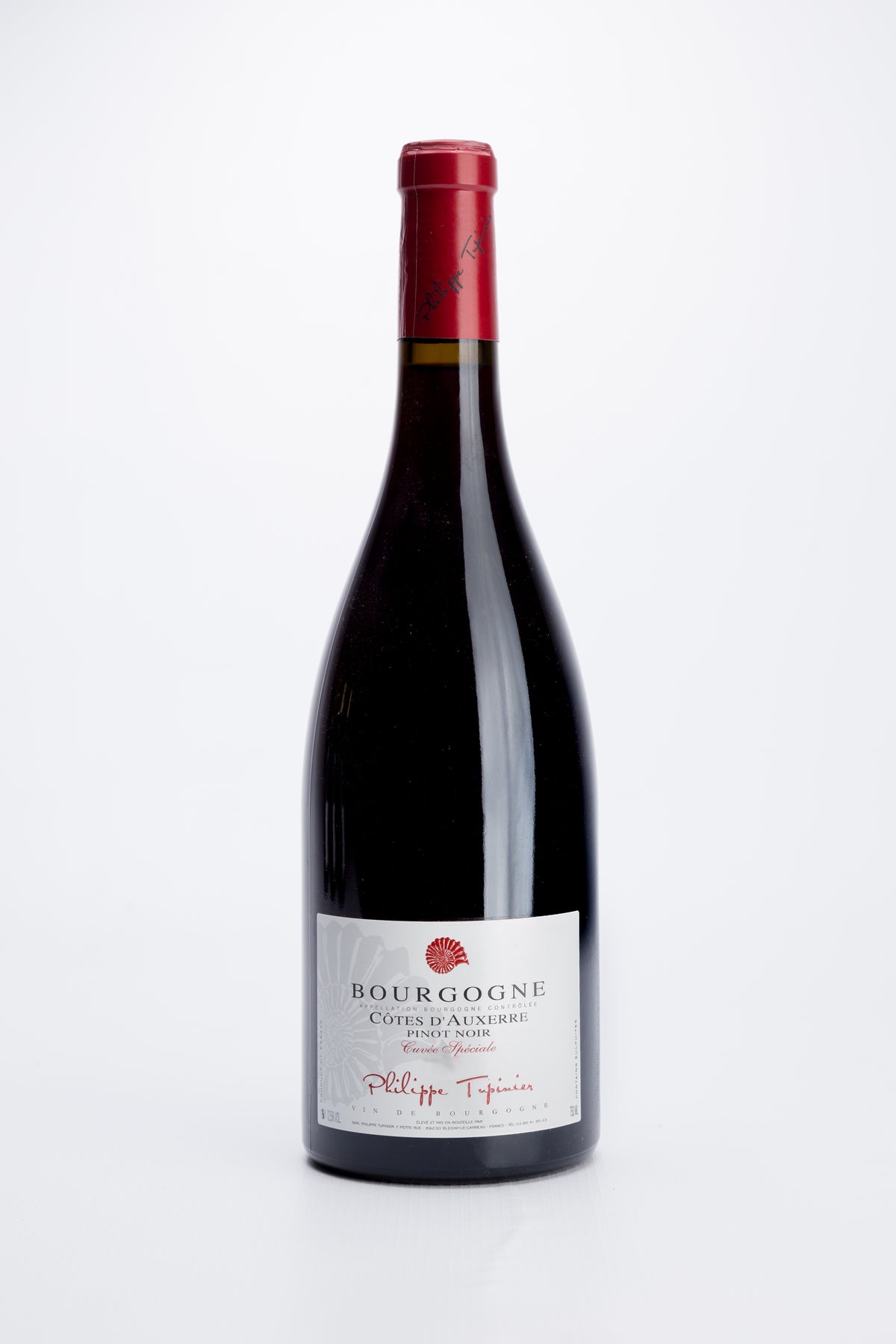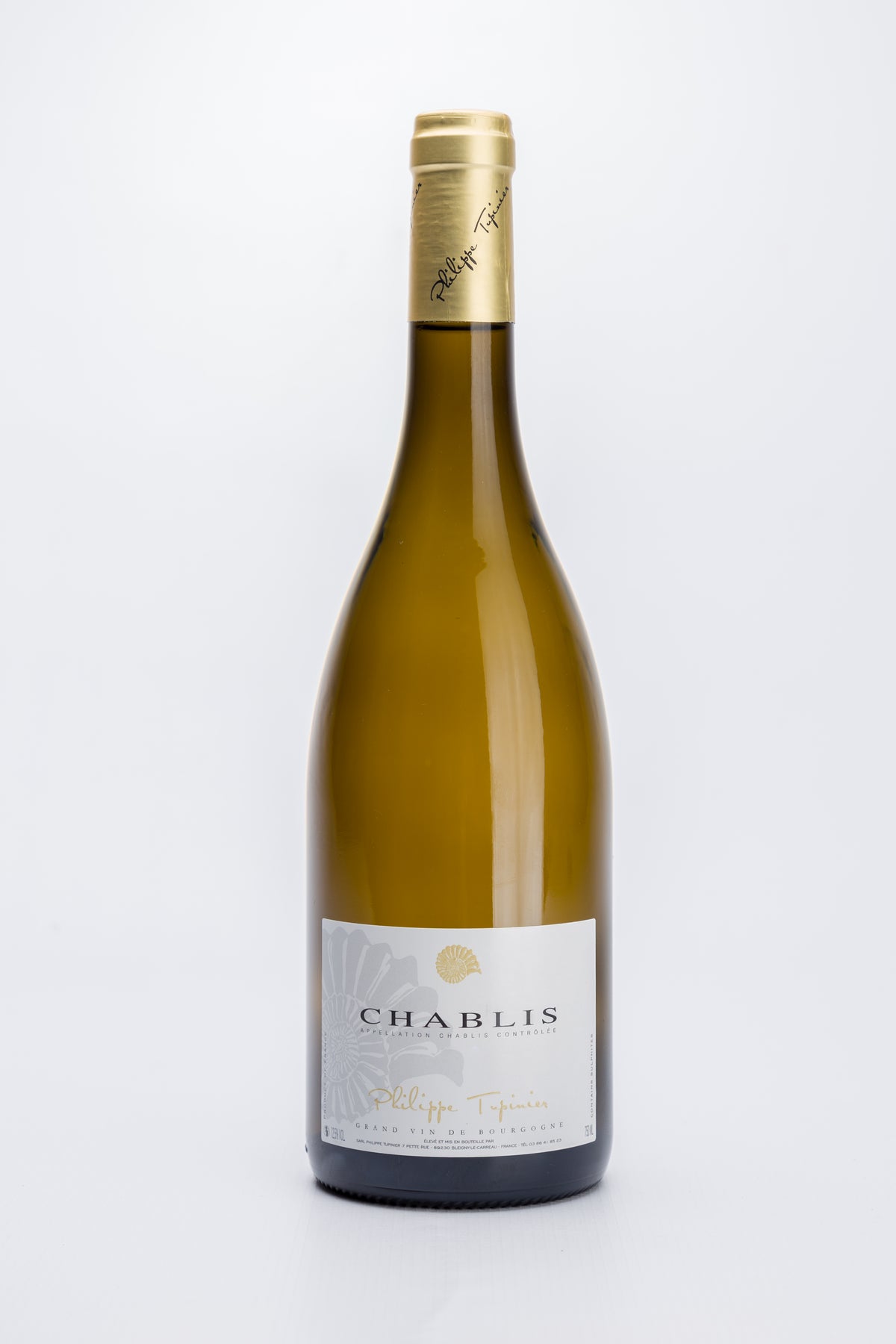The history of Domaine Tupinier
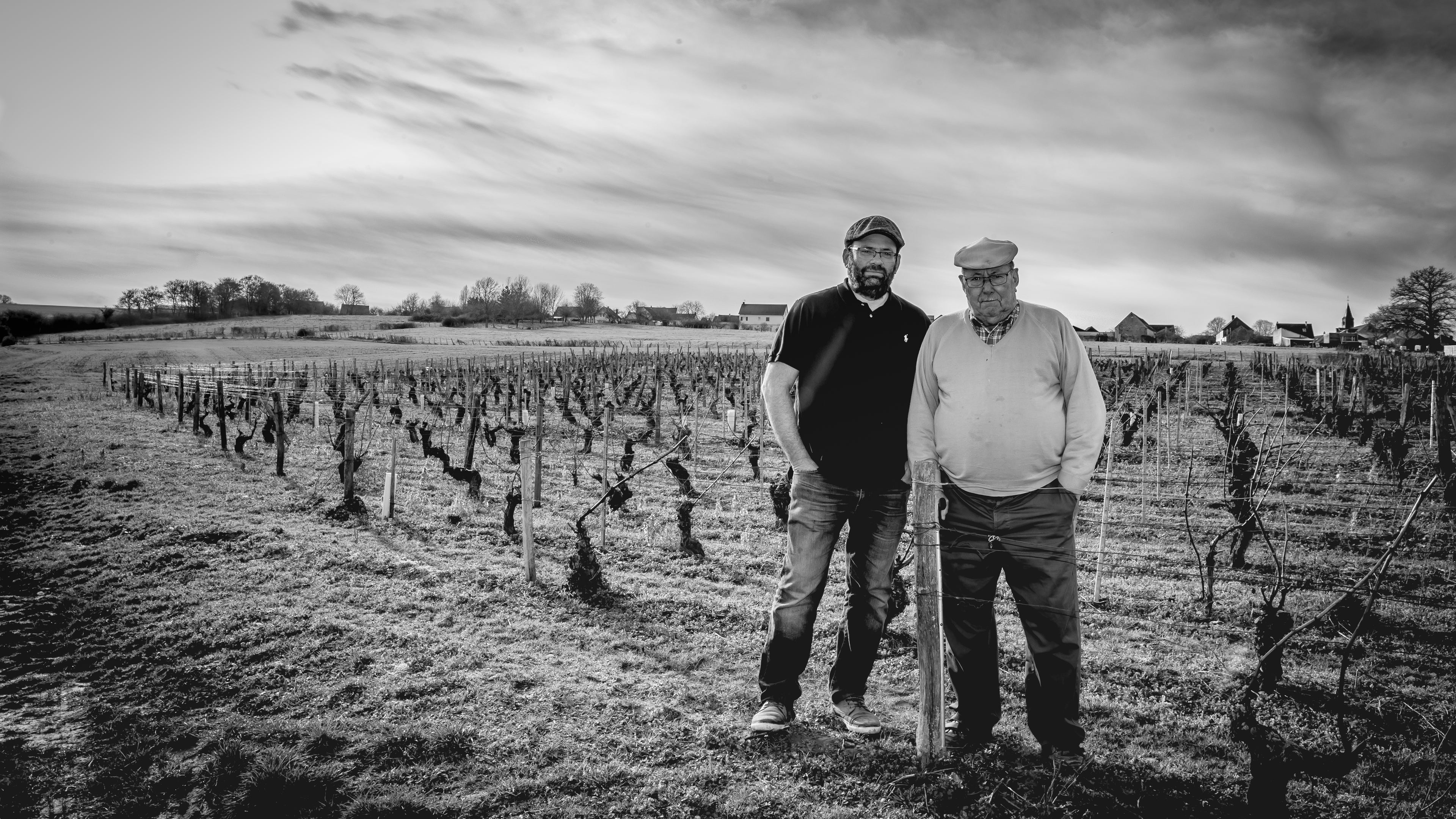
The TUPINIER family is an old family from Bleigny-le-Carreau who have always been involved in agriculture, large-scale farming, livestock breeding and viticulture. Maurice TRUCHY, built the house with his parents, the headquarters of the current Estate.
Maurice TRUCHY's daughter married Maurice TUPINIER, with whom she had two sons, Bernard and François. Bernard did not marry, François had three children, two daughters and a son, Philippe TUPINIER. He did not wish to take over his parents' large-scale farming and livestock business when François retired in 1996.
He studied horticulture in Paris and worked for several years as a garden center department manager in the Paris region. He then returned to take up a position as a winegrower at a winery in a village in Chablis, a position he held for 11 years (from 1995 to 2006).
In 2001, when his uncle Bernard died, Philippe was an employee and took over the 33 ares of vines that his uncle cultivated in order to provide wine for family consumption.
In 2006, he left his full-time salaried position to take a job as a day laborer, in order to better organize his working time, especially since he had succeeded in reclassifying his father's 33 ares vineyard in the Burgundy appellation, recovered a 15 ares vineyard from a cousin in Burgundy Grand Ordinaire, and succeeded in planting 10 ares of Pinot Noir in Burgundy AOC .
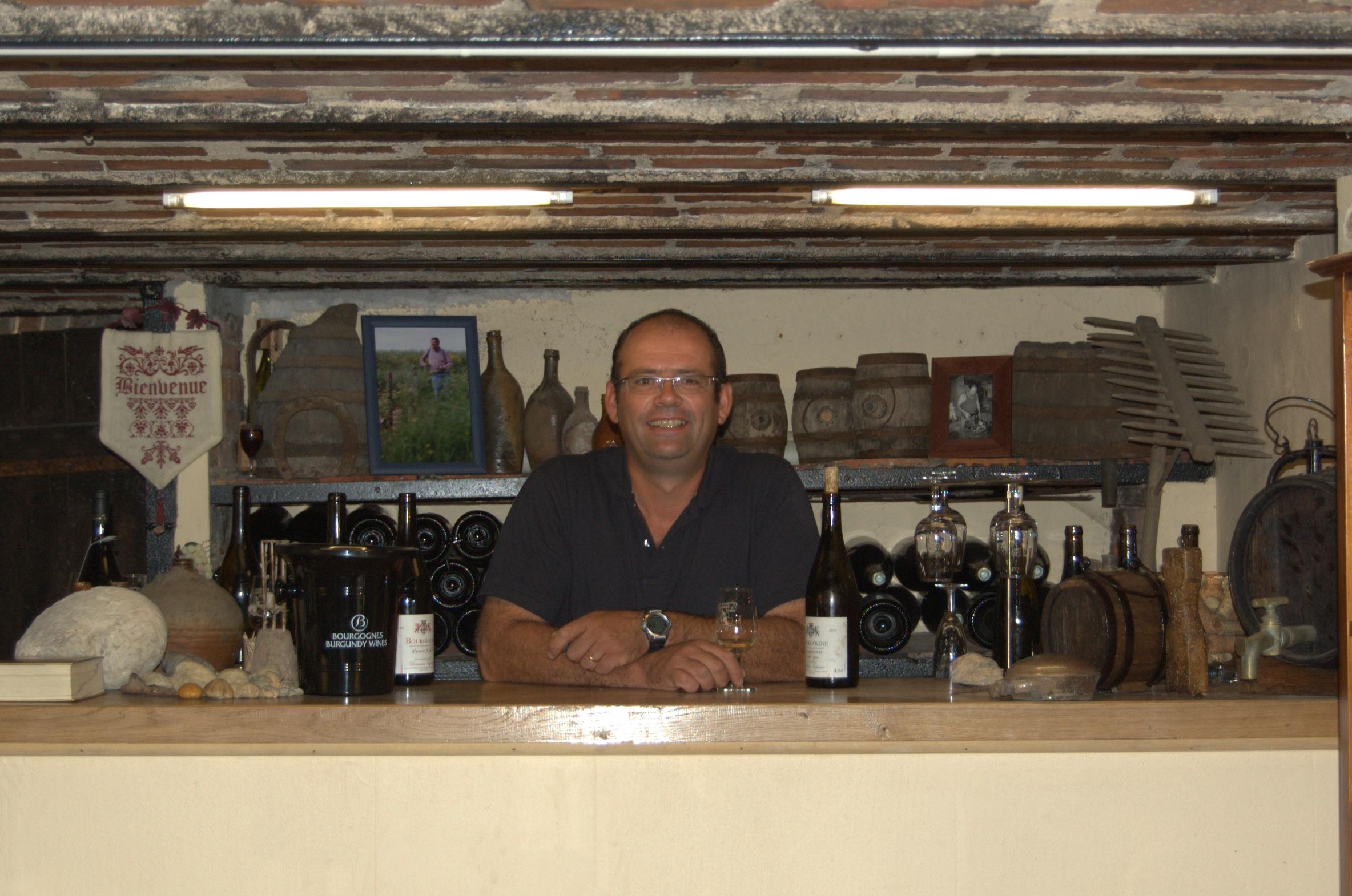
He sold his first harvest in 2007. To develop his estate, the only solution was to plant new vines or to take over vines from winegrowers who had ceased their activities. In the regional appellation zone, planting rights were only granted to farmers with young farmer status (until 2008).
He therefore embarked on an installation program in 2007 , with activity starting on September 1, 2007. As part of this installation, he was able to acquire a plot in Côte d'Auxerre, which is very well exposed, on which he could plant up to 5.33 ha of vines.
In addition, a secondary farmer ceases his activity in the commune, the resumption of his operation allows Philippe to settle and above all to become a primary farmer, a young farmer, while maintaining his activity as a day laborer, to support his family.
